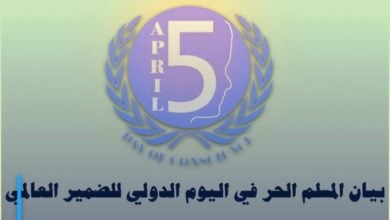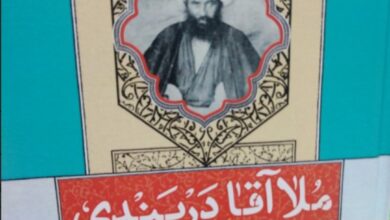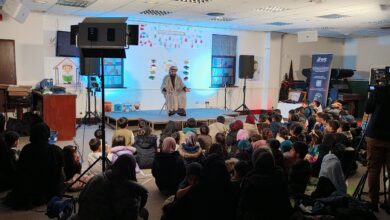
December 9th has been designated by the UN as the International Day of Commemoration and Dignity of the Victims of the Crime of Genocide and of the Prevention of this Crime. This day is remembered while Hazara Shiites in Afghanistan and Pakistan are still subjected to a century-long genocide on account of their religious and ethnic identity.
Genocide is one of the four internationally recognized crimes. After World War II, the United Nations adopted the Convention on the Prevention and Suppression of the Crime of Genocide on December 9, 1948. The International Day of Commemorating and Restoring the Dignity of the Victims of Genocide and Preventing this Crime is being remembered while Hazara Shiites in Afghanistan and Pakistan have been subjected to genocide and targeted attacks for a century.
According to historical documents, the genocide and massacre of Hazaras due to their ethnic and religious identity dates back to 130 years ago, when Abdul Rahman Khan – the former king of Afghanistan – launched a brutal campaign in 1893 in the central and Hazara areas.
According to numerous historical documents, 62% of the Hazara population was massacred by the deadly raids. Shiites and Hazaras say that after this physical removal and usurpation of their land by the Afghan king, his legacy has persisted in other forms during succeeding Afghan governments.
Genocide and forced migration of Hazaras is not limited only to Afghanistan. A number of Hazaras who survived the massacre of Abdul Rahman Khan and fled to Pakistan were not at peace there, either. Over the last few decades, radical Sunni groups have perpetrated widespread and systematic attacks against Hazara Shiites in Pakistan.
Experts believe that governments in Afghanistan and Pakistan have played a weak unsuccessful role in preventing genocidal crimes against Hazara Shiites in these countries.
Experts emphasize that there is a political approach to the issue of genocide in Afghanistan, because the main culprit of the genocide has been the powers and governments of Afghanistan, past and present, and the ruling party.
During the previous period of their rule, the Taliban massacred thousands of Shiites and Hazara civilians in the cities of Mazar-e-Sharif, Yakavlang, Bamyan and Kabul. After entering the city of Mazar-i-Sharif on August 8, 1998, the Taliban group massacred civilians, including Hazaras. According to some reports, between eight and fifteen thousand civilians, the majority of whom were Hazara Shiites, were massacred by the Taliban.
Human Rights Watch has recorded the Mazar Sharif massacre as one of the worst civilian massacres in Afghanistan. After the Taliban regained control in Afghanistan, targeted and systematic attacks against the Hazara Shiites have intensified simply because of their ethnic and religious identity.
During the last two years, Hazara Shiites were subjected to targeted terrorist and explosive attacks in mosques, sports clubs, buses and other public places. The responsibility of a number of these attacks has been claimed by the extremist Sunni group Daesh, but Afghan experts and citizens say that most of the targeted and systematic attacks and forced migrations of Hazara Shiites were carried out by the Taliban group or with their direct support.
Shiites and Hazaras say that the silence of the international community, especially the United Nations, towards the crime of genocide against Hazara Shiites in recent years has caused the continuation of targeted attacks, massacres and their forced migration from their homelands. Last year, a bloody suicide attack on the Kaj educational center in western Kabul martyred more than sixty students, mostly Shia and Hazara girls, which triggered a wave of global protests.
Afghan citizens, especially Shiites and Hazaras, have held millions of demonstrations in more than a hundred cities around the world and demanded the recognition of the Hazara genocide in Afghanistan.





